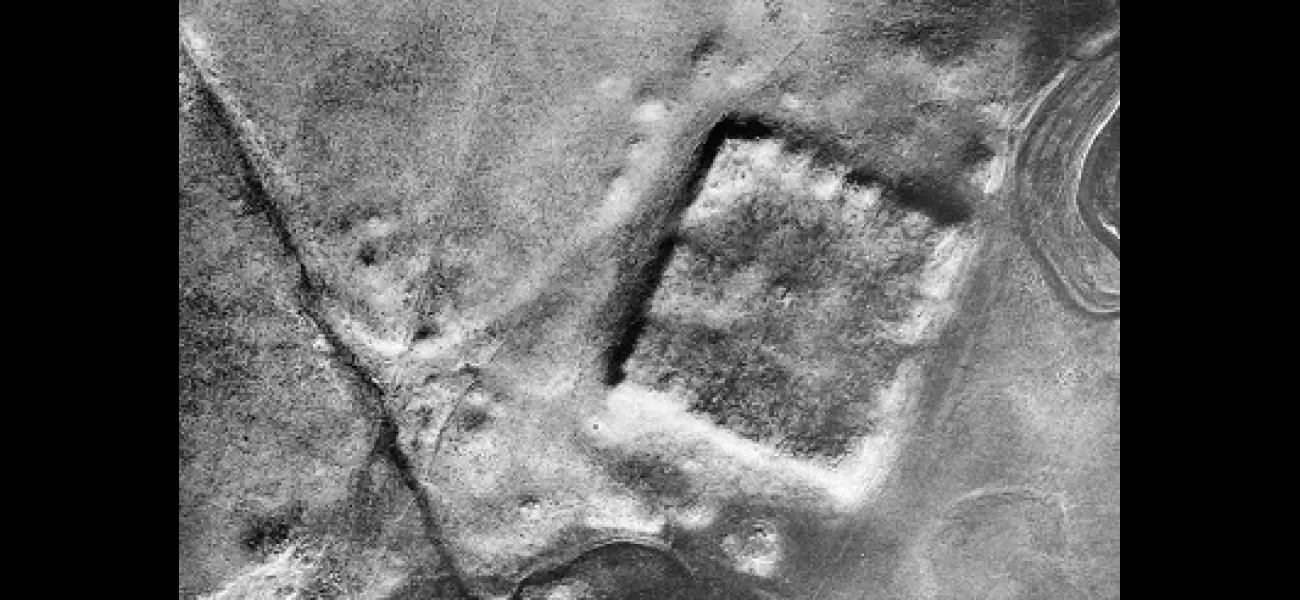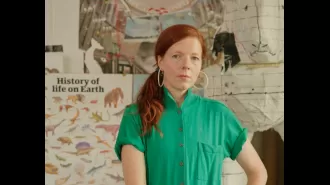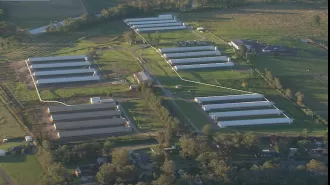Roman Empire was not as expected according to Cold War spy satellite photos.
It was determined to use its power to improve people's lives.
October 27th 2023.

Declassified Cold War spy satellite images have revealed a remarkable discovery - the remains of almost 400 previously unknown Roman forts scattered across modern-day Syria, Iraq and nearby regions of the eastern Mediterranean.
These forts were discovered in images taken by the CIA’s Corona and Hexagon reconnaissance missions during the 1960s and 1970s, which were surveilling the region from space as the US and Russia held their uneasy stand-off.
The new discovery adds to the 116 forts discovered during pioneering aerial surveys of the region in the 1920s by French archaeologist Antoine Poidebard. His flights suggested that, given the forts were mainly in a north-south pattern, they were built as defence measures against the empire’s rival superpowers, the Parthians and the Sasanians.
This theory has been widely accepted for decades, however the newest cohort of forts shows they are scattered across the area, with no clear direction or particular lining up of the constructions. This suggests the forts instead served a very different purpose.
Writing in the journal Antiquity, the authors said: ‘The addition of these forts questions Poidebard’s defensive frontier thesis and suggests instead that the structures played a role in facilitating the movement of people and goods across the Syrian steppe.’
It appears that the Romans were just as concerned with trading and goods as keeping a grip on their territory or winning more, building the forts to help move supplies as well as soldiers around. With Rome itself growing, it required more and more imports of goods to keep its people fed and dressed. Trade routes criss-crossed the whole empire.
Interestingly however, some of the earliest forts predate the empire, having been built in the late Iron Age, but recent excavations suggest most were built and used between the second and sixth centuries AD.
The high resolution photos provided by the CIA missions offer a detailed perspective of the area, but the authors note they also show ‘a landscape that has been severely impacted by modern-day land-use changes, including urban expansion, agricultural intensification and reservoir construction’.
Lead author Jesse Casana said: ‘The real value in historical, high-resolution imagery like Corona and Hexagon is in preserving a picture of a landscape that by and large no longer exists.‘Our study also helps show that an unknown number of other sites were also likely lost in the time between Poidebard’s flights in the 1920s and the Corona imagery of the late 1960s.’
This remarkable discovery has sparked a rethink of the Roman Empire, and it is likely there were many more forts than the ones we now know about. It will be interesting to see what other secrets the declassified Cold War spy satellite images may hold.
These forts were discovered in images taken by the CIA’s Corona and Hexagon reconnaissance missions during the 1960s and 1970s, which were surveilling the region from space as the US and Russia held their uneasy stand-off.
The new discovery adds to the 116 forts discovered during pioneering aerial surveys of the region in the 1920s by French archaeologist Antoine Poidebard. His flights suggested that, given the forts were mainly in a north-south pattern, they were built as defence measures against the empire’s rival superpowers, the Parthians and the Sasanians.
This theory has been widely accepted for decades, however the newest cohort of forts shows they are scattered across the area, with no clear direction or particular lining up of the constructions. This suggests the forts instead served a very different purpose.
Writing in the journal Antiquity, the authors said: ‘The addition of these forts questions Poidebard’s defensive frontier thesis and suggests instead that the structures played a role in facilitating the movement of people and goods across the Syrian steppe.’
It appears that the Romans were just as concerned with trading and goods as keeping a grip on their territory or winning more, building the forts to help move supplies as well as soldiers around. With Rome itself growing, it required more and more imports of goods to keep its people fed and dressed. Trade routes criss-crossed the whole empire.
Interestingly however, some of the earliest forts predate the empire, having been built in the late Iron Age, but recent excavations suggest most were built and used between the second and sixth centuries AD.
The high resolution photos provided by the CIA missions offer a detailed perspective of the area, but the authors note they also show ‘a landscape that has been severely impacted by modern-day land-use changes, including urban expansion, agricultural intensification and reservoir construction’.
Lead author Jesse Casana said: ‘The real value in historical, high-resolution imagery like Corona and Hexagon is in preserving a picture of a landscape that by and large no longer exists.‘Our study also helps show that an unknown number of other sites were also likely lost in the time between Poidebard’s flights in the 1920s and the Corona imagery of the late 1960s.’
This remarkable discovery has sparked a rethink of the Roman Empire, and it is likely there were many more forts than the ones we now know about. It will be interesting to see what other secrets the declassified Cold War spy satellite images may hold.
[This article has been trending online recently and has been generated with AI. Your feed is customized.]
[Generative AI is experimental.]
0
0
Submit Comment





